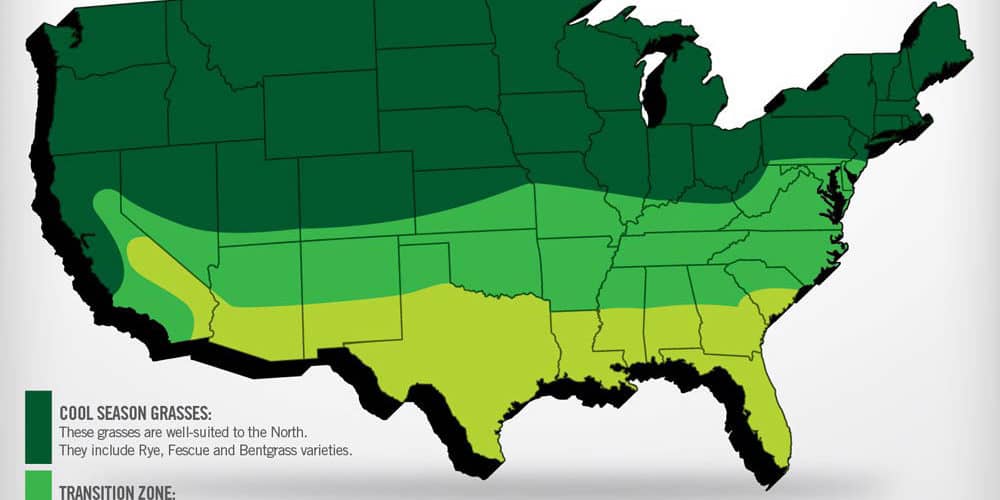Lawn care can be a greatly rewarding practice that will leave you with a beautiful landscape around your home. Appropriate fertilization can help kill off weeds while promoting lush, healthy grass to fill out the lawn.
There is no magic number of times to fertilize that will universally apply to everyone. The frequency is determined by a variety of factors. Before we delve into the decision making process for doing so, we will look at some of the nuances and mistakes commonly made.
The reason that there is no one simple answer is due to their being many different manufacturers, using many different nutrients, with varying mixtures and concentrations of nutrients.
One will want to avoid over-fertilizing their lawn. Take careful note of the recommendations on your fertilizer packaging. An abundance of nutrients can cause your grass to shut down its receptors to prevent it from being damaged. This excess fertilizer then simply ends up washed into the water table or storm drains where it only causes harm. Fertilizing lightly will allow your grass the comfort and time it needs to soak up the nutrients and really flourish. Otherwise, you are simply wasting fertilizer and damaging the local environment.
Most fertilizers will require application approximately every 8 weeks or so. This is largely dependant on the chemical composition of the fertilizer. Toning down the amount of fertilizer and applying on a monthly basis works out well for providing a steady stream of nutrients over the lifespan of the grass. An important point to remember is that the dosage must be tuned down further than a direct division of half and half.
If a square meter of lawn requires 60 grams of fertilizer every 8 weeks in an application, it is because this number is in mind to supply nutrients for a longer stretch of time. If one wanted to fertilize every 4 weeks, they would use 20-25 grams of fertilizer per square meter. A straight division into 30 grams every 4 weeks means your grass will be getting too many nutrients and may cause it to shut down its receptors.
Winter fertilizer typically contains more iron than general fertilizer. During the winter months one can help to keep their grass lush, healthy, and green by using the same strategic applications of winter fertilizer as opposed to regular.
Watering your lawn in accordance with any local ordinances after fertilizing will help the soil pull in and retain the nutrients. One can also take advantage of this by fertilizing before they know a rainy period is coming. This simply means less water used on your part.
Sound fertilization practices are a major step in creating and maintaining a beautiful lawn. Be mindful of manufacturer recommendations on application, water liberally, and your lawn will soon be the envy of the block.



